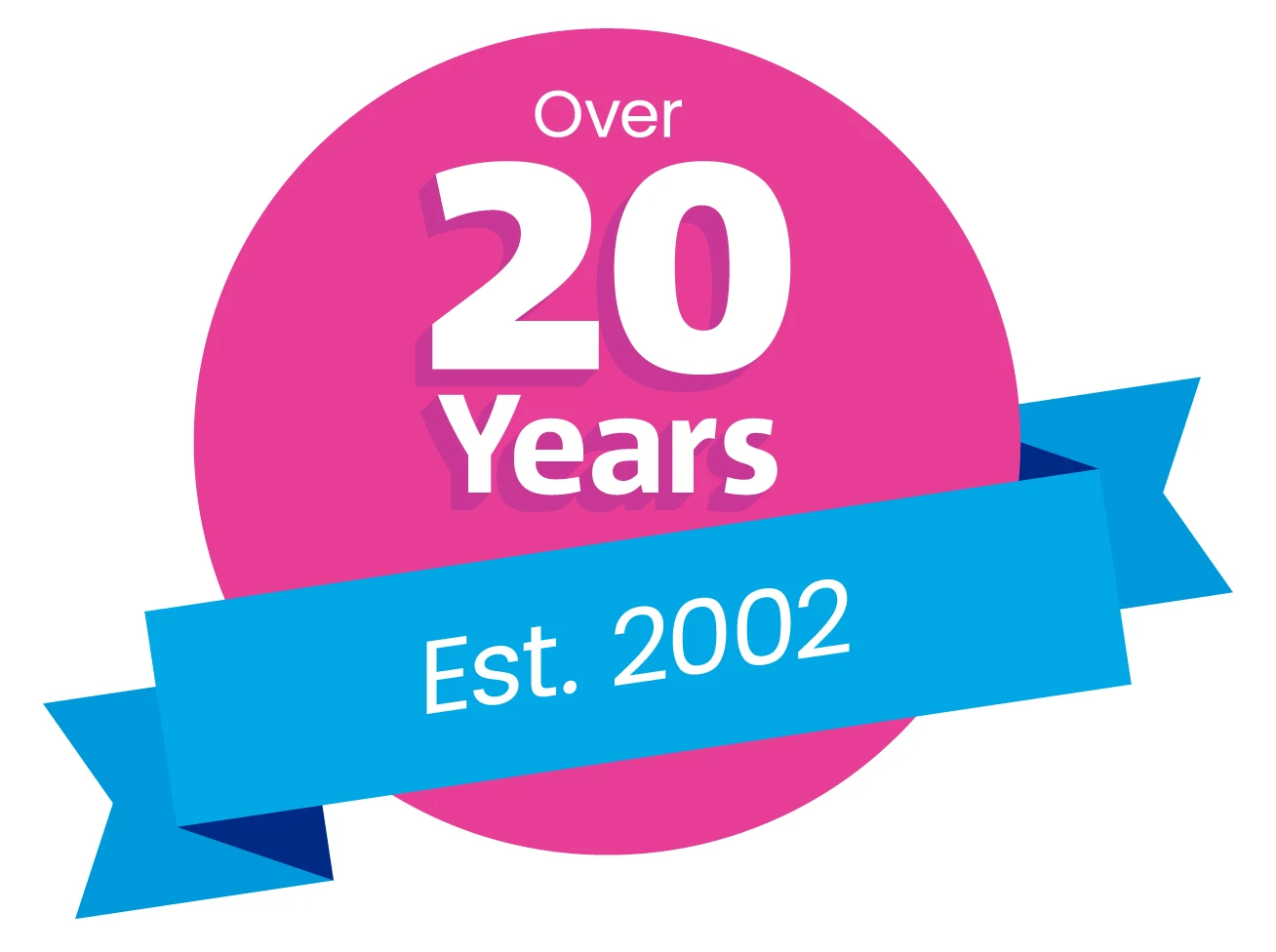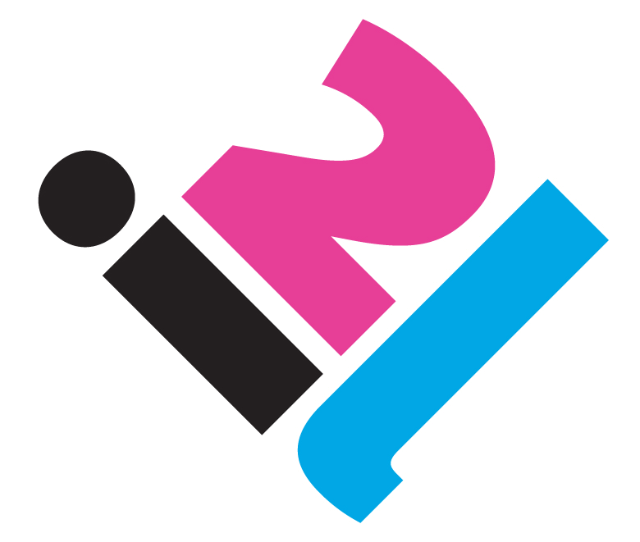A – Z Coaching and Mentoring – This week’s extract explores ‘satir positions’ – useful types of body language and their uses within a coaching session,
Don’t forget if you have a special request for a definition of a coaching term or principle, just let us know! Perfect for anyone studying for an ILM Coaching & Mentoring qualification, or as a refresher for experienced coaches.
Ss
Satir positions (Bandler & Grinder 1989) are five useful types of body language, both in terms of noticing the subtle communication messages of another person and also their deliberate use as a coach for generating rapport or different states within a client.
Here is a quick summary of the five Satir positions, which can be adapted for sitting or standing: ?
- Placater – for calmness, confidence or making requests – hands palm upwards, balanced and forward-facing body position which is open and relaxed.
- Blamer – for exposing problems or issues – pointing with a finger and often leaning forwards.
- Distracter – for diffusing situations or creating fun – smiling and energising with hands and arms, irregular and off-centre movements.
- Leveller – for honesty and calmness – hands palm down, symmetrical, solid, relaxed and grounded posture. ?
- Sequencer – for logic, steps and order – moving whole hand (not just the finger) from side to side along a horizontal plane whilst talking. ?
- Computer – for thinking and considering – backwards, reserved posture, with maybe crossed arms or legs and the chin on the hand or fingers.
Virginia Satir (a family therapist in the 1970s and 80s) noticed that the leveller position is the least stressful to experience, both for yourself and others who are in your company. Unlike other approaches to rapport, it is more helpful to mismatch these body language categories with another person. The leveller position is the only one that should be routinely matched for helping to generate rapport. For example, two distracters matching each other could be chaotic together and two blamers could argue.
Taken from the A-Z Coaching Handbook by Clare Smale where you will find a comprehensive A-Z, plus a full list of references.
Contact us for your copy or order through our website. See you next week!




